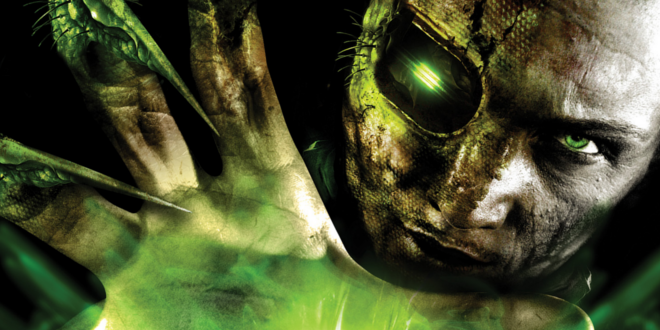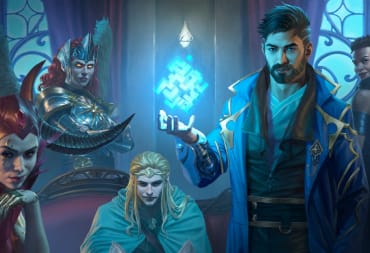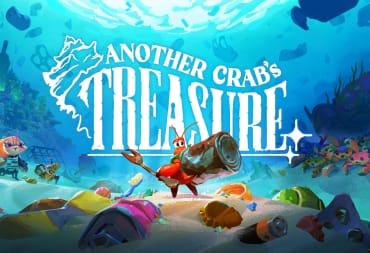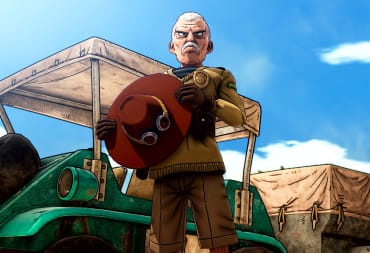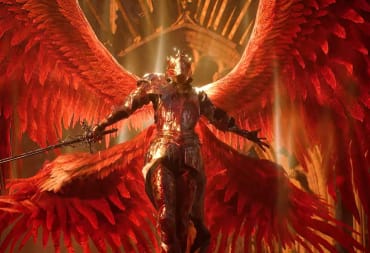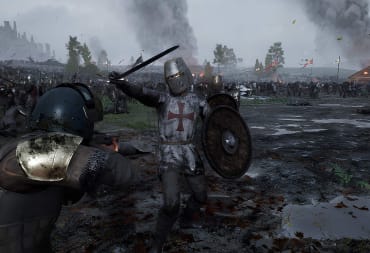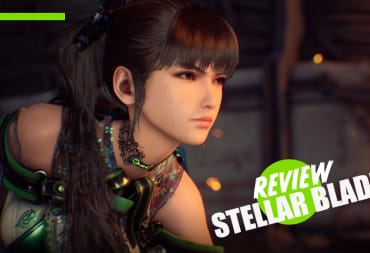You ever wonder why some games become obscure? Maybe we can blame lack of promotion or visibility at times, or simply not having iconic characters to help in sales or publicity. Of course, it’s probably something simpler-most games are ultimately bad.
Bad is probably not the right word to use; after all, some bad games such as God Hand, Shadow Warrior, and Deadly Premonition are quite popular in a “so bad it’s good” kind of way. You know the type; cult hits that have devoted followings despite their failings. In video games there is a plethora of titles that fall under this label, some really good but underrated gems that are worth exploring. For every diamond in the rough, however, you have games that are both forgotten and poorly designed, as is the case of a title like MorphX.
MorphX was published by 505 Games back in 2010 for the Xbox 360, but developed by two different studios, Buka Entertainment and Targem Games. Both companies are Russian in origin. Buka Entertainment is now controlled by the 1C Company, which was founded in Russia in 1991. Primarily known in Russia for their engineering software, the 1C Company has also dipped their toes into game development from time to time, mostly war and strategy titles such as King’s Bounty: The Legend, Theater of War, and their most famous IP, the I-L2 Sturmovik flight simulator titles. Targem Games, founded in 2002, has worked primarily on racing titles such as Armageddon Riders, Hard Truck Apocalypse, and most recently, Crossout.
MorphX being a console exclusive for the 360 probably contributed to the limited visibility for the title in the long run, but the ultimate problems with MorphX is not the lack of visibility, but rather lack of polish. Many games, in particular titles developed by smaller, AA studios, tend to be relegated to smaller budgets and production values. Some companies have carved a niche this way; Kalypso Media, NIS America, or Aksys Games for example are able to build some memorable game series while having a quarter of the budget you would expect from Ubisoft or Activision.
MorphX is clearly in the same vein, feeling like a budget title in both its presentation and gameplay. Part of the problem is how generic the overall look of the game is: dark, dingy corridors followed by long-sprawling hallways filled with rubble and purposefully-poor lighting. The polygon counts are quite low, close to high end PS2-levels of resolution, and it has terrible voice over work and shooting mechanics. MorphX goes old-school, using a third person shooter/brawler mechanic without the ability to take cover.
The lack of chest-high walls is noticeable and leads to part of the game’s biggest problem: its artificial difficulty. The game is tough to beat despite being quite short, about 8-10 hours on average, but it’s tough not due to challenge, but due to controls and design. Much like hard games from the NES days, enemy placement and game controls, stopping to aim and shoot in particular, follows an older, outdated paradigm over smoother TPS mechanics. The AI is not stellar, but this is compensated by enemies having really good accuracy and line of sight, making fights with several enemies at once quite deadly because of how stiff they are.
It is a major gameplay flaw that can impede any semblance of enjoyment in MorphX. Couple this with an incoherent story, lack of objective-based gameplay, and a drunken camera, and you can start to see why the title is forgotten completely. The entire plot, aliens invading earth and killing everyone, except some human organization taking control of the situation, has you caught in the middle of this conflict. Of course, there is one major hook that gives MorphX a bit of play, despite being an overall poor game: the evolution mechanics.
https://www.youtube.com/watch?v=PPJYL7Yy0C4 The gimmick of MorphX is how your character can acquire alien DNA through killing and harvesting enemies, which begin to grant you powers and abilities that make playing the game slightly easier. Early on, for example, you gain the power of “alien vision” that helps you make out enemies in dark corners, negating some of the poor lighting issues in the process. In fact, many of the upgrades that subtly and overtly change the look of your character as the game progresses help compensate for the stiff gameplay. We have armor upgrades, natural weapons that do more damage, even an arm cannon that can shoot off plasma blobs at enemies, splashing them and doing heavy damage.
Some credit is due for the developers for making the gimmick of MorphX feel natural and actually rewarding. It becomes a badge of honor to get through the title long enough for your mutations to take place, with the game offering a RPG-like element in picking and choosing your powers as you harvest more enemies. The harvesting of aliens becomes a pretty well-thought out gameplay mechanic, one with a small degree of complexity added to it. If nothing else, a good idea and implementation is here to make MorphX stand out a bit from the droves of budget games released in a given year.
In a weird way, the artificial difficulty enhances this mechanic. The game, while never losing its hard edge because of bad design, does become increasingly easier as you progress through it. Perhaps the difficulty is pure in that sense, requiring a player savvy enough to play smart and tactfully so they can survive insurmountable odds as they slowly build up in power? Or maybe the real appeal for a game like MorphX is the challenge of something more old school than what we normally see.
That is still not enough to salvage the game, however. Despite a working gimmick, MorphX never caught on as even a cult-classic title, a trait that has befallen countless of games over the years. MorphX, like so many other games out there, just falls into obscurity due to its limitations. By the standards of 2010, MorphX was already archaic,likely contributing to its fall into obscurity even quicker for feeling like a game found on the Playstation 2.
Perhaps it’s for the best in the end, as not every forgotten game is going to turn into a cult classic. That said, it is important to remember titles like MorphX from time to time. Video games are an elephant graveyard of forgotten titles that are slowly becoming more and more visible as gaming continues to evolve. Good or bad, these games formulate an important part of gaming subculture, the underside of gaming history as we see the triumphs and failings of game design and consumerism in play. If nothing else, MorphX fits right in with those “bad” games that have few redeeming qualities and can serve as a cautionary tale of how some games are best left in the dust.
I hope you guys enjoyed this write-up on MorphX. Gaming Obscura is basically the continuation of Games You Never Heard Of, so I guess consider this the start of season 2 as the editorial series. If you have any questions and comments, or recommendations for Gaming Obscura, please leave them below or message me via twitter @LinksOcarina.
Have a tip, or want to point out something we missed? Leave a Comment or e-mail us at tips@techraptor.net
